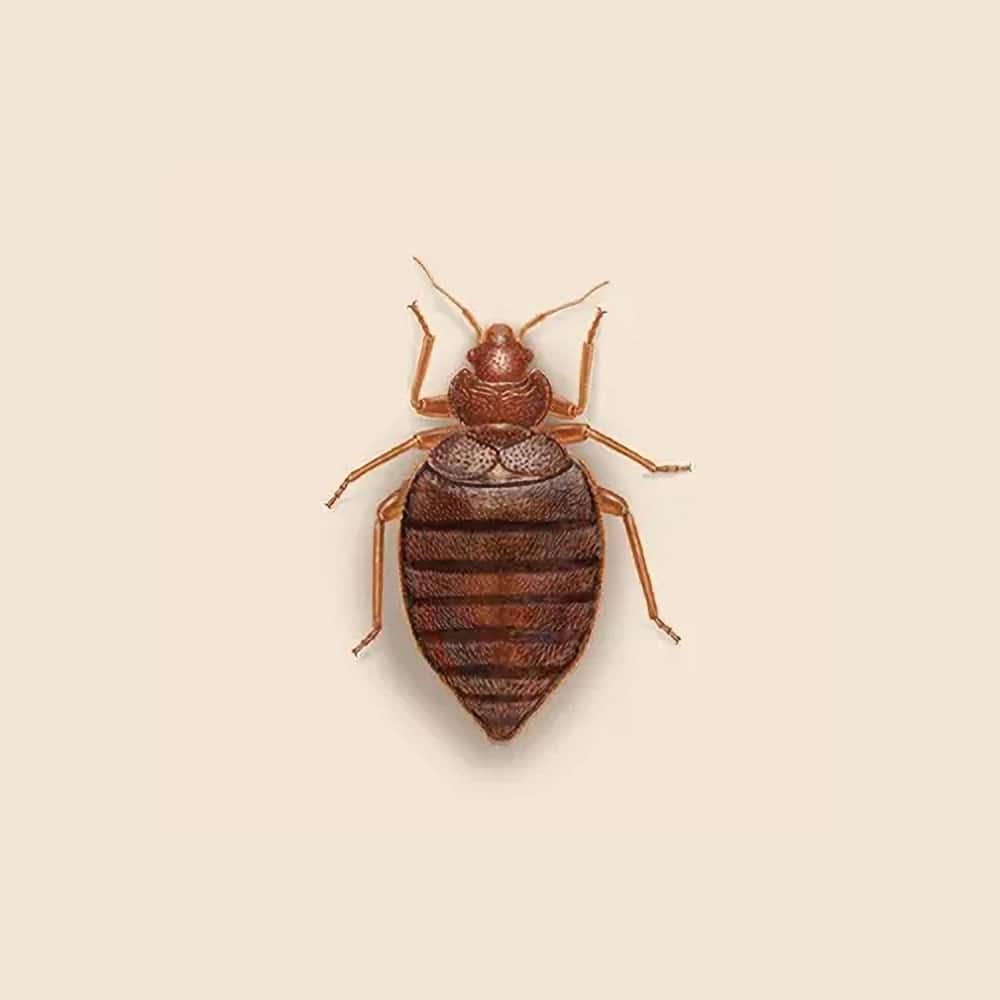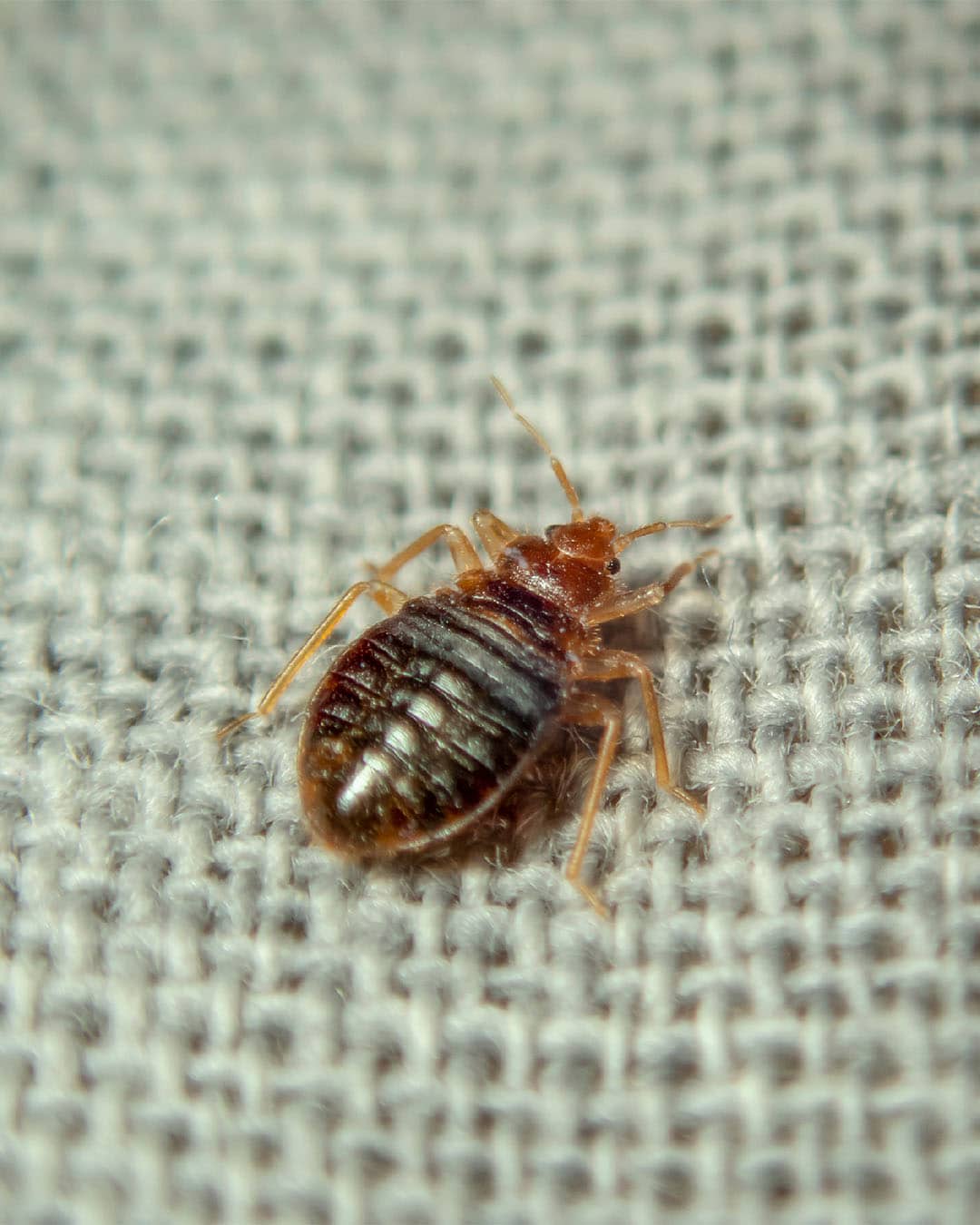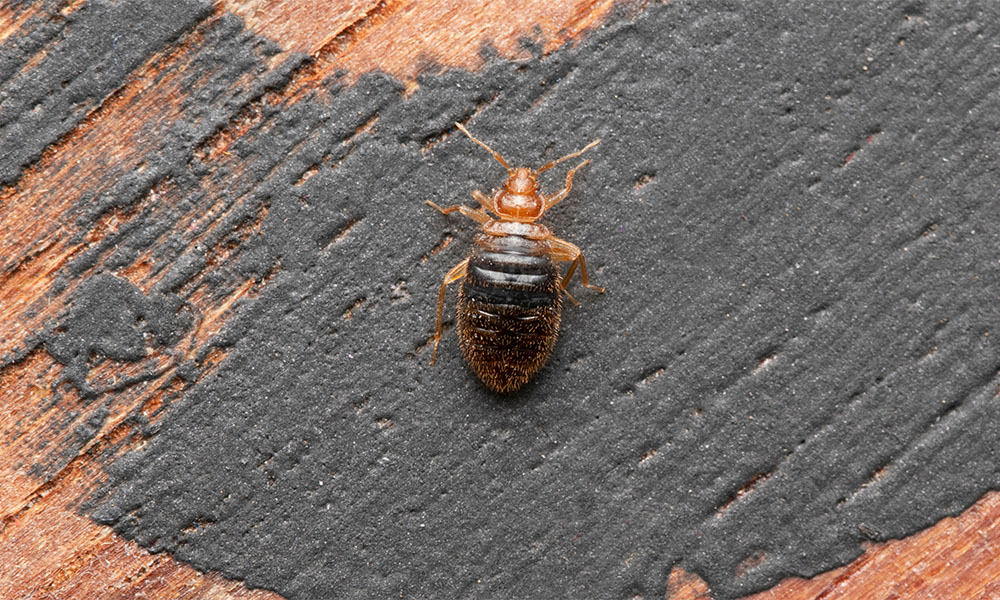Bed Bug Facts & Information
Bed bugs are small, nocturnal pests known for their irritating bites and their ability to infest homes quickly. Their presence can lead to significant discomfort and stress, making effective management essential for maintaining a healthy living environment.

Cimicidae
What You Need To Know About Bed Bugs
What do bed bugs look like?
Bed bugs (Cimex lectularius) are small, reddish-brown insects, approximately 1/4 inch in length. They have a flat, oval-shaped body with a somewhat segmented appearance. Their bodies become more rounded and swollen after feeding. Bed bugs have six legs, two antennae, and no wings. Their appearance can make them look similar to apple seeds.
What do bed bugs eat?
Bed bugs are hematophagous, meaning they feed exclusively on blood. They prefer human blood but will also feed on other warm-blooded animals if necessary. Bed bugs typically feed at night, using their specialized mouthparts to pierce the skin and draw blood from their hosts.
What sort of habitat do bed bugs live in?
Bed bugs are primarily found in areas where people sleep or rest. They are commonly found in and around beds, including in mattress seams, bed frames, and headboards. They can also hide in cracks and crevices in walls, carpets, and furniture. They are adept at finding shelter in dark, secluded spaces near their food source.
How do bed bugs commonly behave?
Bed bugs are nocturnal and are most active during the night when they come out to feed. They are attracted to the warmth and carbon dioxide emitted by sleeping humans. After feeding, they return to their hiding spots to digest their meal and reproduce. Bed bugs can be challenging to detect due to their small size and tendency to hide in small spaces.
Did you know this about bed bugs?
Bed bugs are known for their resilience and can survive for several months without feeding. Their bites can cause itching and discomfort, and in some cases, allergic reactions. Bed bugs are not known to transmit diseases, but their presence can lead to significant psychological stress and sleep disturbances. Interestingly, bed bugs have developed resistance to many common insecticides, making professional pest control measures often necessary to effectively manage infestations.
Understanding Bed Bug Infestations
Understanding bed bug infestations is crucial for effective control. Bed bugs are small, reddish-brown insects, about 1/4 inch long, with flat, oval bodies. They are primarily active at night, feeding on the blood of humans and animals. Bed bugs are often found in and around beds, including mattresses, box springs, and bed frames, but can also hide in other furniture, cracks, and crevices. They can spread rapidly, especially in multi-unit buildings, as they hitch rides on personal items like luggage, clothing, and furniture.

How Hearts Handles Bed Bug Treatment
Hearts Pest Management employs an integrated pest management approach to handle Bed Bug infestations.
Bed Bug Inspection
Bed Bug Treatment
Bed Bug Prevention
Educational Resources

Think You Might Have a Bed Bug Infestation?
At Hearts Pest Control, we understand the challenges associated with Bed Bug infestations and are here to provide professional solutions tailored to your needs. Flourishing in warm and humid climates, they are prevalent in many regions, including San Diego County, Orange County, and Los Angeles County.